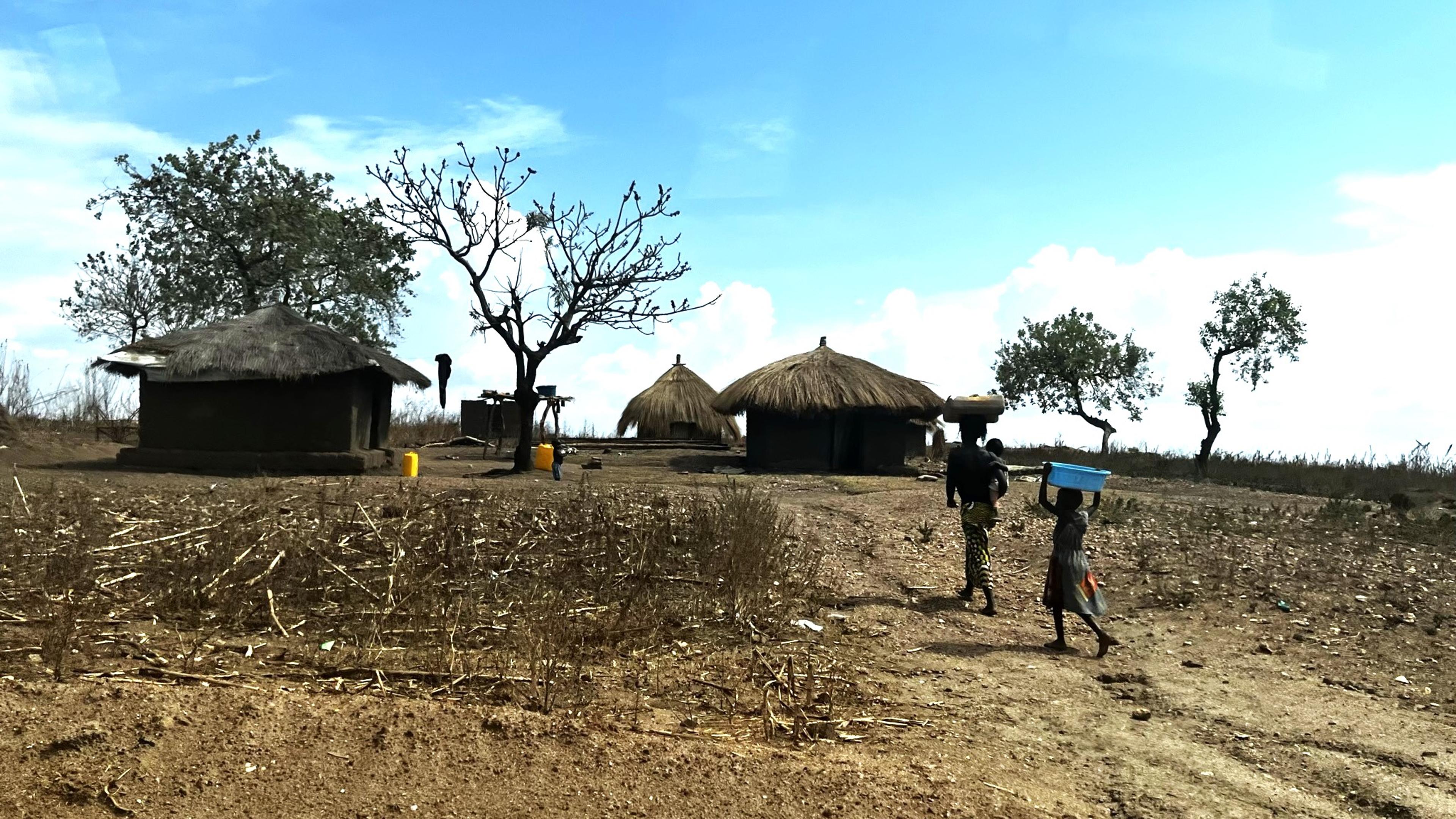A diaspora-guaranteed microfinance model for safe shelters
 © Innovation Norway
© Innovation NorwayWhat is the challenge?
Financing for safe shelters and access to construction materials are well noted obstacles to humanitarian preparedness, response, and recovery, compounded by the strained resources from traditional actors to respond to and address needs. This is particularly true for the shelter sector. As of January 2023, the Global Shelter Cluster has reached 44% of its global target of assisting 17 million people with sheltering. Therefore, it is crucial to increase partnerships with non-traditional actors, like diaspora groups, to offer innovative alternatives to financing that can address humanitarian gaps, improve access to safe shelters and Disaster Risk Reduction (DRR). Such partnerships will in turn benefit a wider range of vulnerable populations and other end users, while ensuring replicability and sustainability across sectors and contexts worldwide.
Motivated by solidarity and desire to contribute back to their communities of origin, diasporas have long been active in humanitarian work often serving as first responders to crises and supporting work before, during, and after crises. This is evidenced by the consistent flow of remittances that constitute more funds than all humanitarian aid combined. Although these remittances serve as lifelines, they remain largely at the 1:1 household level and may not benefit the most vulnerable. Yet, IOM has seen diaspora interventions that are led by the motivation to benefit their communities beyond 1:1 connections, which is particularly true for second and third generation diaspora or those in prolonged crises.
Diasporas can play a significant role in accelerating climate-resilient communities and responding to climate-related crises; yet they are rarely included in institutional disaster prevention/preparedness, response, and recovery planning. Thus, there are still limited systematic ways for humanitarian actors to engage with diaspora and tap into existing networks and resources and vice-versa.
What is innovative about the project?
This project will develop a “Resilient Shelter Loan” Diaspora guarantor model with Micro Finance Institutions (MFIs) to leverage remittances to increase community access to sustainable, safe, and green solutions for retrofitting and rebuilding shelters. It aims to pool diaspora funds as a guarantee for the retrofitting or rebuilding loans thereby enabling MFIs to lower interest rates and support payments as designed. This innovative financing model reduce risks for actors involved and will allow more beneficiaries to obtain loans and subsequently have access to safe shelters. The project aims to reimagine the impact of remittances on humanitarian assistance and community resilience extending past individual households to benefit a wider range of affected people, while advancing multi-stakeholder coordination and greening of the shelter sector.
What are the expected outcomes?
It is expected that the shelters built and retrofitted will allow communities to recover faster from disasters and withstand future climate shocks, making the investment and construction more sustainable. The active participation of beneficiaries in the construction and payment increases resilience, independence and reduces vulnerability, minimizing the financial impact of disasters on the most vulnerable. As safe shelters are closely linked to other sectors like WASH, health, education, protection, the loans will positively impact other humanitarian needs and overall improvement of livelihoods.
The long-term vision is to create new strategies for delivering humanitarian aid while raising awareness of diaspora added value through reducing demand on humanitarian programming, risk and crisis vulnerability. Independent and sustainable aid mechanisms will be built by introducing new diaspora-backed financing mechanisms for safe shelter with an emphasis on preparedness. The sustainability of financing the sector and of the shelters reinforced through a "build back stronger" methodology are improved through the loan model and its clear proof of concept usable by diaspora, private sector, and humanitarian actors. The tools and methodology will be adaptable and replicable across sectors and locations, including at the global level where actors could scale up into a global approach.
Who are the project partners?
IOM is exploring collaboration with various humanitarian organisations, and will partner with private sector to develop a solution.